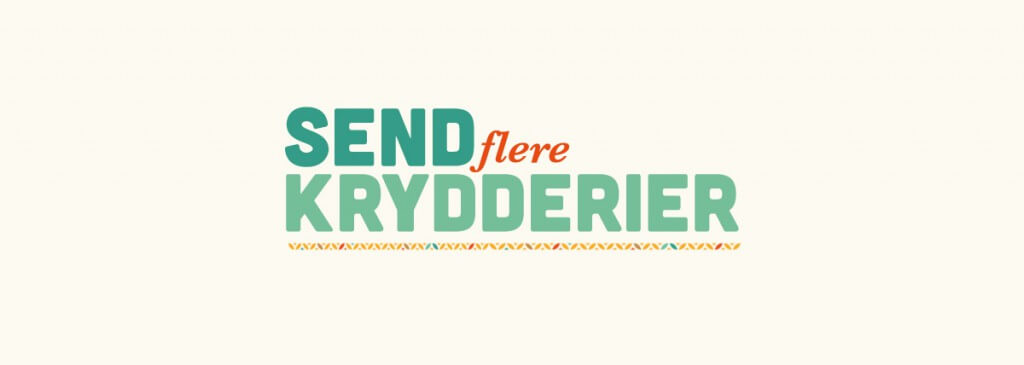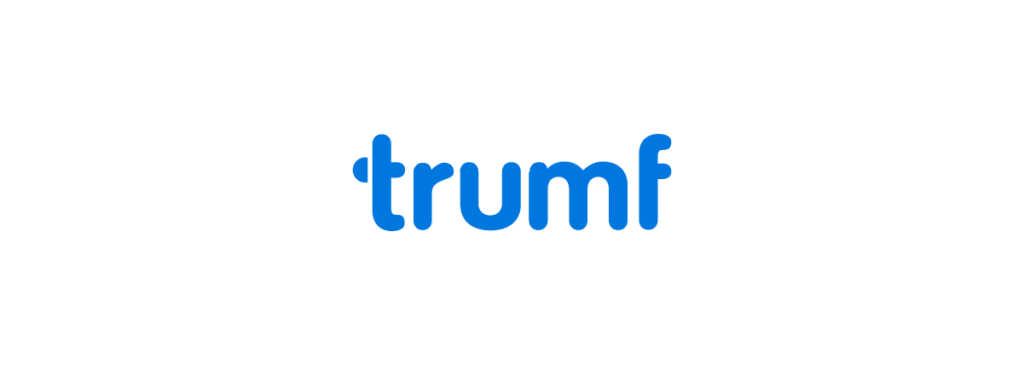PROJECT OVERVIEW
Send Flere Krydderier (“SFK”) is a catering firm and restaurant located in Copenhagen, Denmark. At its core, they are a social-economic establishment. This means that the company is supported and partially funded by the state, but they operate as any traditional company.
Their main goal is to help solve the welfare problem in Denmark, where 50% of the minorities are unemployed. SFK’s belief is that everyone has a potential, and it’s just a matter of finding out what people can achieve to maximize that potential.
SFK employs women with a minority background who cook traditional meals from their home countries, which is combined into an explosion of new tastes and dishes.
The parent organization “Indvandrer Kvindecentret” (The immigration centre of women) works for the inclusion and empowerment of socially and exposed ethnic minority women and their families.
THE CHALLENGE
The existing website is hard to navigate and as a result the company is losing revenue. This project is a redesign of Send Flere Krydderiers current website. The focus is both frontend and backend solutions with a main goal of making the website easier to use for both the client and the target group.
PROJECT APPROACH
The brief from the client identified user needs, the functionality required, insights into their point of view of the target group, core values and products/services offered.
A survey was sent out to current customers to learn more about the target group and their views of the current website. The results indicated that the information flow needs to be improved along with the general structure of the website.
An heuristic evaluation was performed on the current website, where the goal is to identify present usability problems. This evaluation was used for the initial stakeholder interview.
Addressing the User Needs
The stakeholder interview, brief, survey, proposal and heuristic evaluation combined envisages key elements the client want to achieve with the end product:
- Increase catering sales and make the order process easier.
- Provide an overview of available options on the restaurant page and make table booking easier.
- Inform the user about what the food courses are about and make it easy for them to book a course.
- Provide information about the organization and explain their position as a social-economic establishment.
- The tone and voice should communicate professionalism, but also a cosy and warm feeling.
- Give the impression of a different experience.
- A better solution for posting and maintaining content as the backend of the current website is too complex.
To address the user needs, the analysis phase was initiated. Doing a competitor analysis gives a perspective on how others have solved similar usability problems.
The excising content was reviewed by listing pages and having the client prioritize the importance. Based on this, the structure of the website was appraised to see if it should be improved for the redesign. As a result, a closed cart sort session was initiated with the focus group to evaluate the proposed restructured taxonomy.
By reviewing the brief, proposal and the initial stakeholder interview and establishing the user needs, the aims for the project became clear.
Primary Aim
The primary aim is to redesign the current website. The focus will be on both frontend and backend solutions. The latter is an important requirement for the staff (some without much technical know-how) to be able to post and change content after the project has concluded.
Secondary Aims
- SEO optimization is important to get better ranking results on the main channel of traffic and is added as an important criterion for the new website.
- Replace the current checkout system by an e-commerce solution for easier front- and backend handling.
- Make the posting and editing of content process easier.
- Create a detailed design document. This document should explain how to use and maintain the various functions in the backend.
- Develop a styleguide to ensure that future additions to the code is consistent with the new design.
User Experience Requirements
- Communicate warmth and a cosy feeling, yet have a professional look.
- Images that compliments the tone and voice in addition to make the food look very appealing
- Focus on the three main sections:
- Catering
- The restaurant
- The cookery course
- Simple and understandable content
- Make it easy to order
- Consistent layout
- Accessible for a wide age group
- Responsive layout that works across different channels
Client Requirements
- Make sure all orders are processed in the system so orders don’t get lost.
- Easy to publish and update content.
PROPOSED SOLUTION
The website has gone through 4 usability tests in total. The first focused on the desktop experience with 9 participants familiar with the current website using the prototype. The objective for this test was to see if the participant can complete essential tasks using a desktop computer.
The second test had the mobile experience as focus and 3 participants not familiar with the current website was recruited. The purpose is to gain insights into the difference in perception of for example core values and products offered. The participants tested a slightly altered prototype on a mobile device. The main objective was the same as the desktop test, and the secondary objective was to validate the results gathered from the desktop test.
The third test also focused on the mobile experience where 3 new participants not familiar with the current website participated. They tested an iterated prototype to evaluate the changes made from the previous prototype. The primary objective for this test was the same as the desktop and previous mobile test, but another important aspect was to test if the updated content posted through the backend (in comparison to mostly hardcoded content in the previous tests) would affect the user experience.
The fourth test focused on the backend, where two participants tested the solutions with the help of the user manual. The participants were chosen based upon the fact that they are the ones that’s going to publish and update content on the final product.
Each type of usability test was adapted to fit the appropriate channel, but the following methods have been applied on all the front-end tests:
- Impression Test
- Gathering Quantitative and Qualitative Data
- System Usability Scale (SUS)






